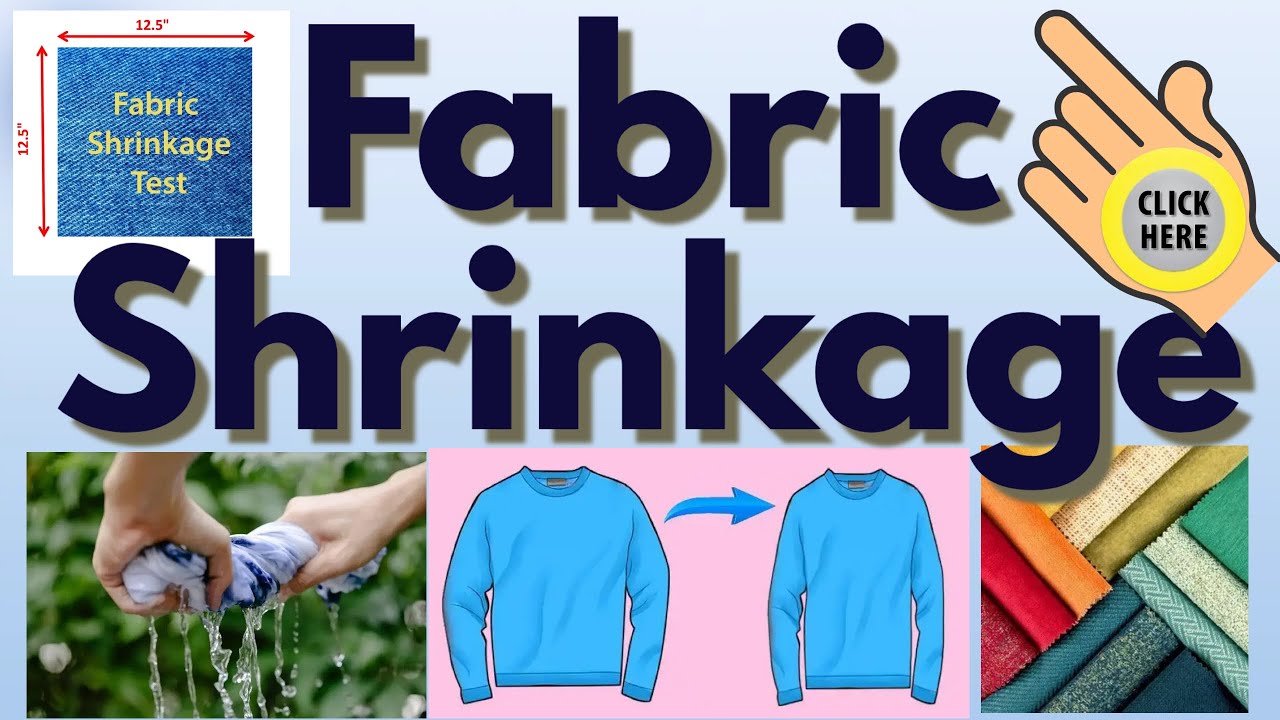- Qinsun Instruments Co., Ltd.
- Tell:+86-21-6780 0179
- Phone:+86-17740808215
- Address:No. 2578 Minhang District Gu Dai Road, Shanghai
- Contact:Mr. Li
- QQ:846490659
What is the best fabric shrinkage test method?

Fabric shrinkage testing is crucial in the textile industry to determine the dimensional stability of fabrics. Shrinkage refers to the percentage change in the dimensions of a fabric after it undergoes a specific treatment, such as washing or drying. Various methods are available for fabric shrinkage testing, each with its advantages and limitations. In this response, I will provide an overview of some commonly used fabric shrinkage test methods.
1. Laundering Shrinkage Test:
The laundering shrinkage test is one of the most widely used methods for assessing fabric shrinkage. It simulates the shrinkage that occurs when fabrics are subjected to repeated home laundering. The test involves cutting fabric specimens of predetermined dimensions, measuring them, and subjecting them to a specified number of laundering cycles using a washing machine and dryer. After laundering, the specimens are remeasured, and the shrinkage percentage is calculated.
Advantages:
- Replicates real-life conditions of home laundering.
- Provides a good indication of fabric shrinkage behavior.
Limitations:
- Requires access to laundry equipment.
- Results may vary depending on the specific washing and drying conditions used.
2. Dry Cleaning Shrinkage Test:
The dry cleaning shrinkage test is used to assess the dimensional stability of fabrics when subjected to dry cleaning processes. Fabric specimens are cut, measured, and dry cleaned following standard dry cleaning procedures. After cleaning, the specimens are remeasured, and the shrinkage percentage is calculated.

Advantages:
- Evaluates fabric response to dry cleaning processes.
- Useful for fabrics that require dry cleaning care.
Limitations:
- Limited applicability to fabrics that are not intended for dry cleaning.
- Requires access to dry cleaning facilities.
3. Steaming Shrinkage Test:
The steaming shrinkage test is conducted to evaluate the dimensional stability of fabrics when exposed to steam. Fabric specimens are conditioned and then suspended vertically in a steam chamber for a specified period. After steaming, the specimens are measured, and the shrinkage percentage is calculated.
Advantages:
- Simulates the shrinkage that may occur when fabrics are exposed to steam in various settings.
- Can be performed without the need for specialized equipment.
Limitations:
- May not accurately represent shrinkage during other fabric care processes.
- Results may vary depending on the specific steaming conditions.
4. Heat Shrinkage Test:
The heat shrinkage test measures the dimensional stability of fabrics under the influence of heat. Fabric specimens are conditioned, placed in a standardized apparatus, and subjected to controlled heat. The specimens are measured before and after heating, and the shrinkage percentage is calculated.
Advantages:
- Assesses fabric response to high temperatures.
- Useful for fabrics that may be exposed to high heat during processing or use.
Limitations:
- May not accurately represent shrinkage during other fabric care processes.
- Requires specialized equipment to control and measure heat accurately.
5. Controlled Environment Shrinkage Test:
In the controlled environment shrinkage test, fabric specimens are conditioned and placed in a controlled environment with specific temperature and humidity conditions. The specimens are measured before and after exposure, and the shrinkage percentage is calculated.
Advantages:
- Allows for the evaluation of fabric response to specific environmental conditions.
- Can be tailored to replicate particular scenarios.
Limitations:
- Results may not reflect real-world conditions accurately.
- Requires precise control of temperature and humidity.
It's important to note that the choice of the best fabric shrinkage test method depends on various factors, including the specific application of the fabric, the target market, and the desired level of accuracy. Additionally, industry standards and regulations may dictate the use of specific test methods for compliance purposes. Consulting relevant standards and guidelines can provide further insights into selecting the appropriate fabric shrinkage test method for a particular application.





